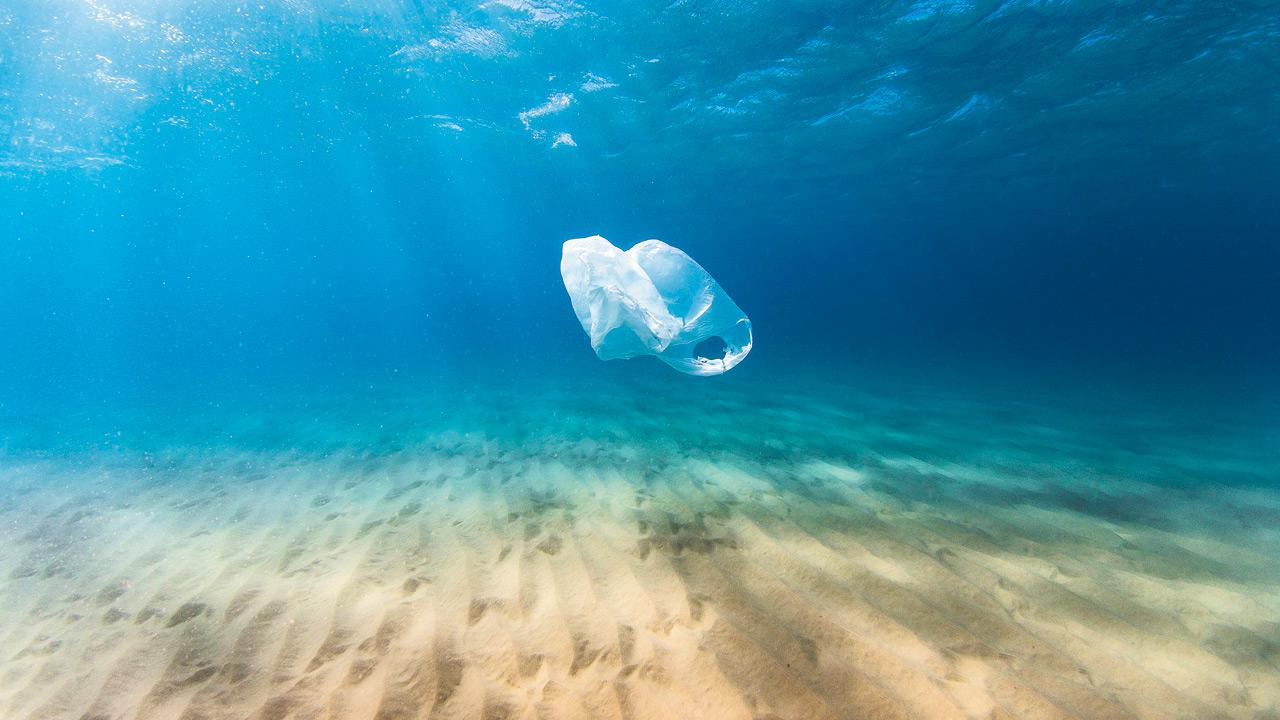Researchers in Indonesia have developed an innovative method to transform plastic waste into glowing nanomaterials capable of sensing harmful substances in water. Central to this breakthrough are carbon quantum dots (CQDs), nanoparticles that emit light when exposed to ultraviolet (UV) light.
CQDs have the unique ability to act as sensors, detecting pollutants at the molecular level. Traditionally, producing CQDs has required expensive or toxic raw materials, limiting their accessibility and environmental friendliness. The Indonesian research team, however, took a different approach by using waste plastic bags as their starting material.
By combining modified pyrolysis with hydrothermal treatment and using less than 7 percent hydrogen peroxide, the team successfully converted polyethylene—the main component of plastic bags—into functional CQDs in just 10 hours. This environmentally friendly process presents a promising way to recycle plastic waste into valuable materials.
One of the most remarkable features of these plastic-derived CQDs is their sensitivity to metals, particularly iron ions, in water. This makes them highly effective for detecting harmful metal pollutants and monitoring water quality.
This development not only offers a sustainable solution to plastic pollution but also contributes to environmental monitoring and public health.
*This story has been sourced from a third-party syndicated feed. Mid-day accepts no responsibility or liability for the dependability, trustworthiness, reliability, or accuracy of the content. Mid-day management reserves the sole right to alter, delete, or remove content at its absolute discretion without prior notice.*
https://www.mid-day.com/news/world-news/article/plastic-bags-can-be-turned-into-sensors-for-safe-drinking-water-23595854

